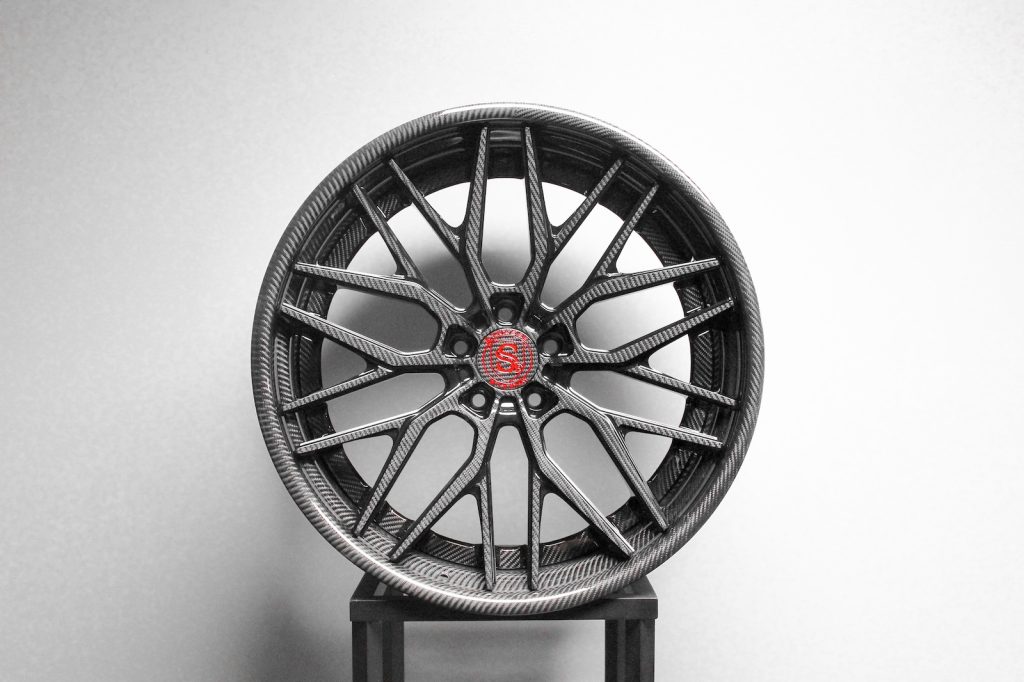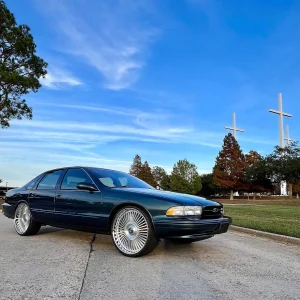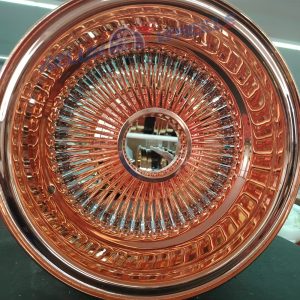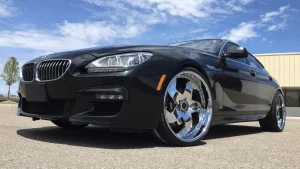-
whatsapp: +8616696837711
-
wheelim@kelunautoparts.com
-
营业时间 24H
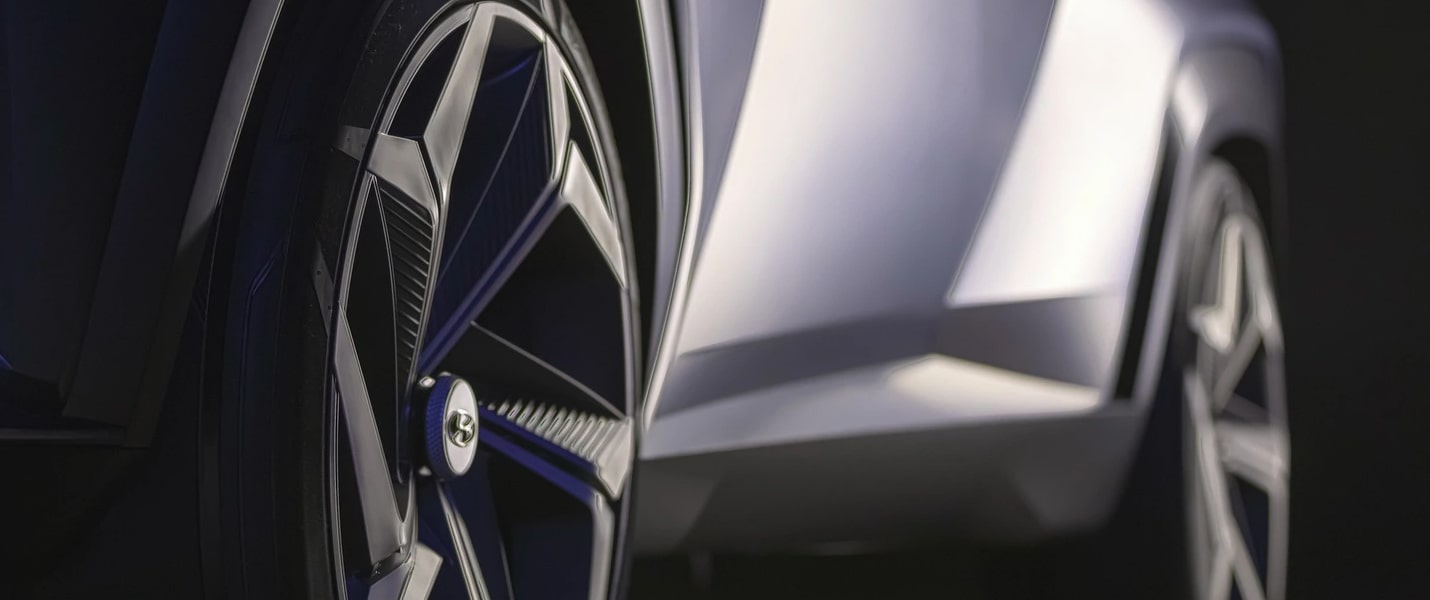
Carbon fiber wheels: the perfect combination of modern technology and classic invention
Carbon fiber wheels, an innovative product that combines high-tech materials with traditional wheel structures, are gradually changing our perception of wheels. From performance to aesthetics, carbon fiber wheels show their unique advantages in many aspects.
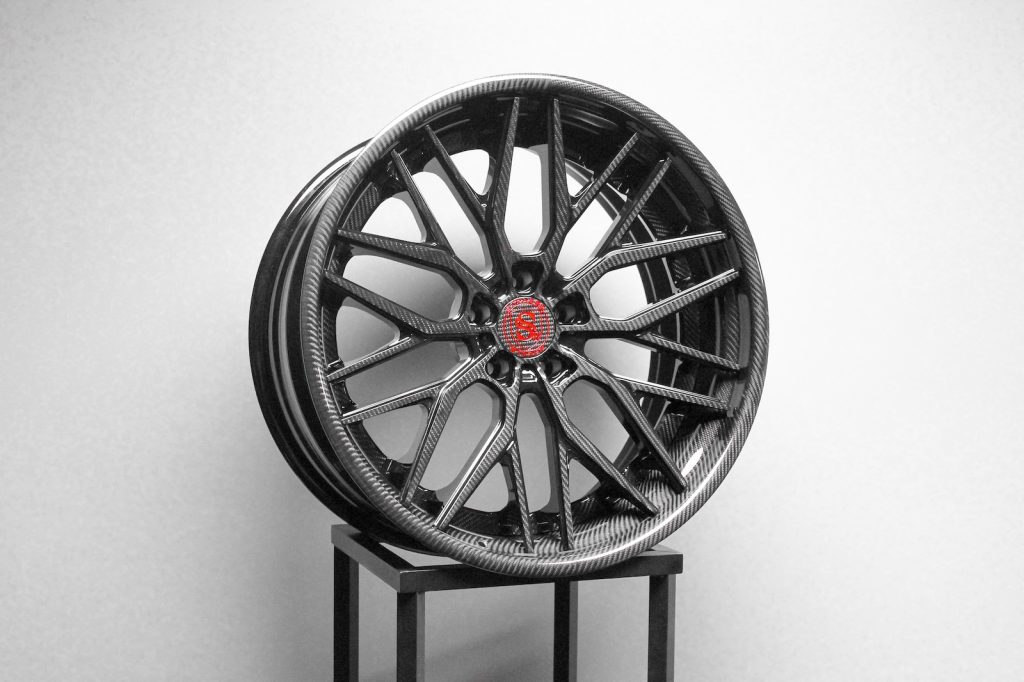
The Origin and Development of Carbon Fiber Wheels
Carbon fiber materials began to be widely used in the aerospace field in the middle of the 20th century, and its lightweight and high-strength characteristics are highly favored. With the advancement of material technology and the reduction of cost, carbon fiber gradually entered the automobile manufacturing industry. The development of carbon fiber wheels began at the beginning of the 21st century, aiming to improve vehicle performance by reducing wheel weight. Initially used in high-end sports cars and racing cars, carbon fiber wheels have begun to spread in ordinary passenger cars.
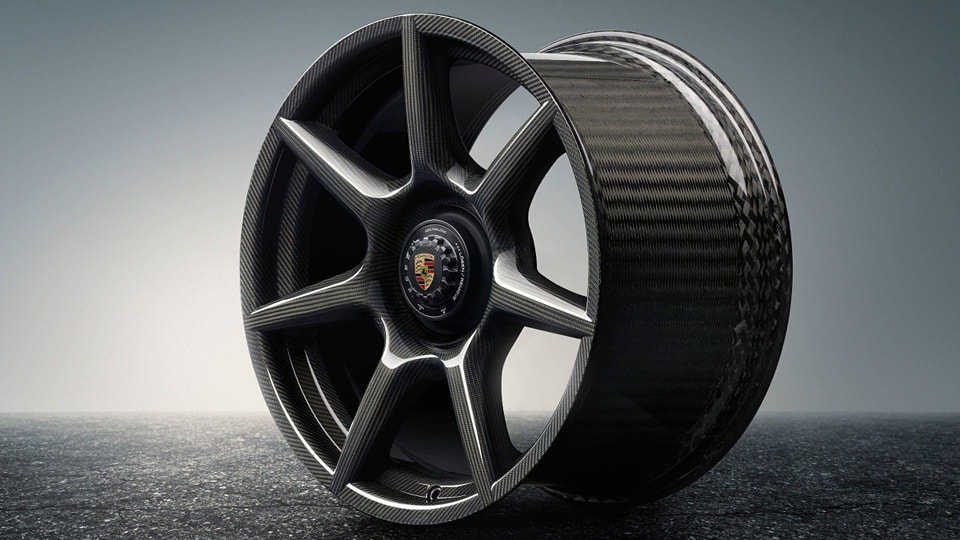
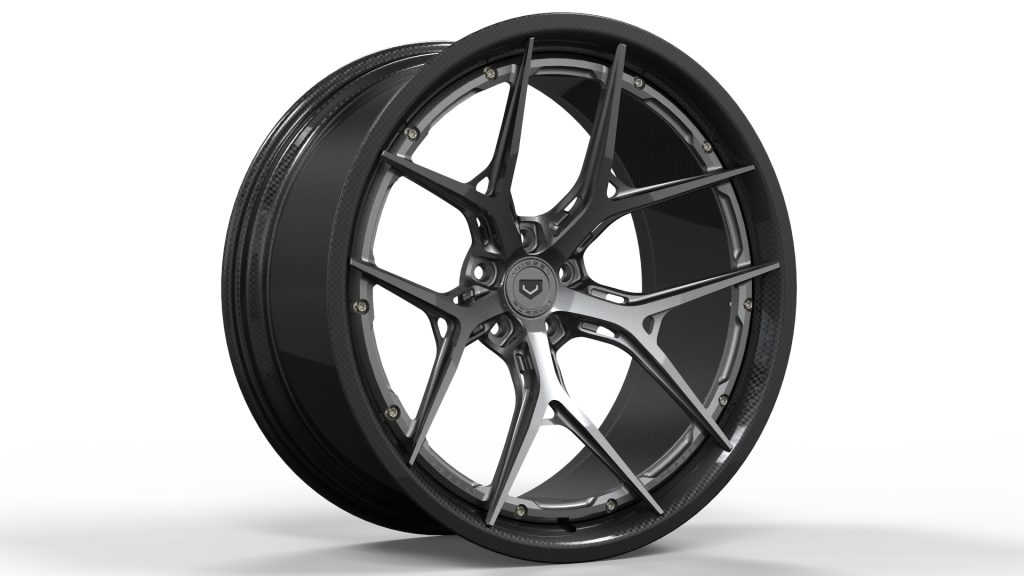
Carbon Fiber Wheel Structure and Principle
Carbon fiber wheels usually consist of a carbon fiber braid and a resin matrix that is molded through a complex process. Its structural design is similar to that of traditional metal wheels, but it offers significant advantages in terms of material properties. Carbon fiber wheels are typically half the weight of metal wheels of the same size, which not only reduces the vehicle’s overall mass, but also significantly improves acceleration, braking efficiency and fuel economy. Due to the properties of carbon fiber, the wheel remains stable at high speeds, reducing vibrations caused by uneven road surfaces and improving ride comfort.
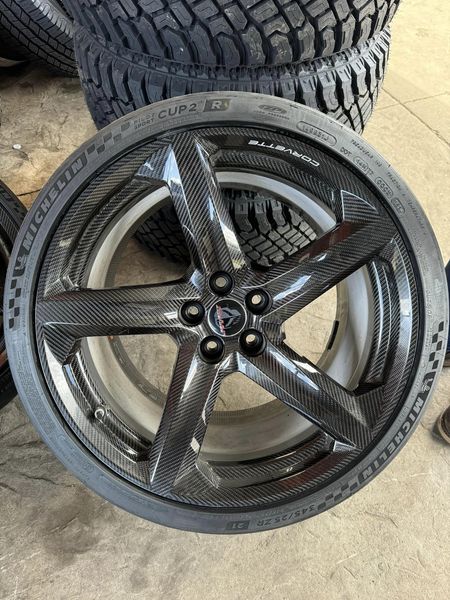
Types and Applications of Carbon Fiber Wheels
Carbon fiber wheels can be classified into various types according to different manufacturing processes and applications.
- One-piece molded wheels: Manufactured through a one-time molding process, they have excellent overall strength and lightweight effect, and are usually used for high-end sports cars and racing cars.
- Splice wheel: combining carbon fiber material with other materials (e.g. aluminum alloy), which retains the lightweight advantage of carbon fiber and reduces the cost, applicable to ordinary passenger cars.
- Customized wheels: personalized design and manufacturing according to customer needs, to meet the aesthetic and functional needs of different consumers
Environmental Impacts and Challenges of Carbon Fiber Wheels
Despite the many advantages of carbon fiber wheels, the manufacturing process is relatively complex and costly. The production of carbon fiber consumes a large amount of energy, and it is difficult to recycle discarded carbon fiber materials, which places a certain burden on the environment. Therefore, how to reduce the production cost, improve the material utilization rate and develop effective recycling technology are the main challenges facing carbon fiber wheels.
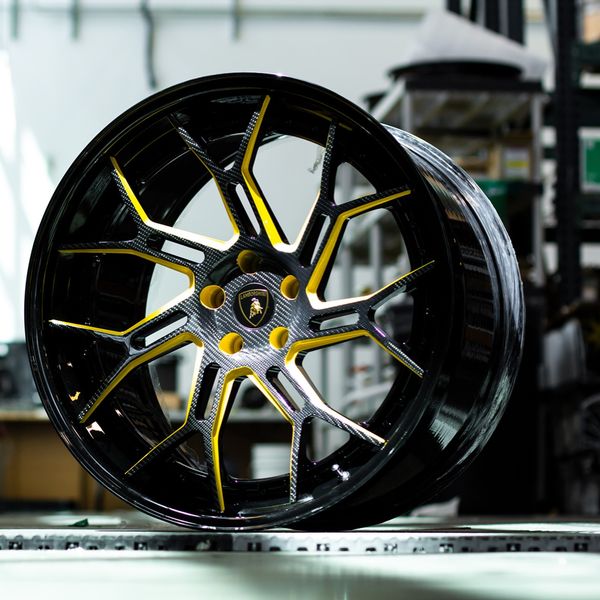
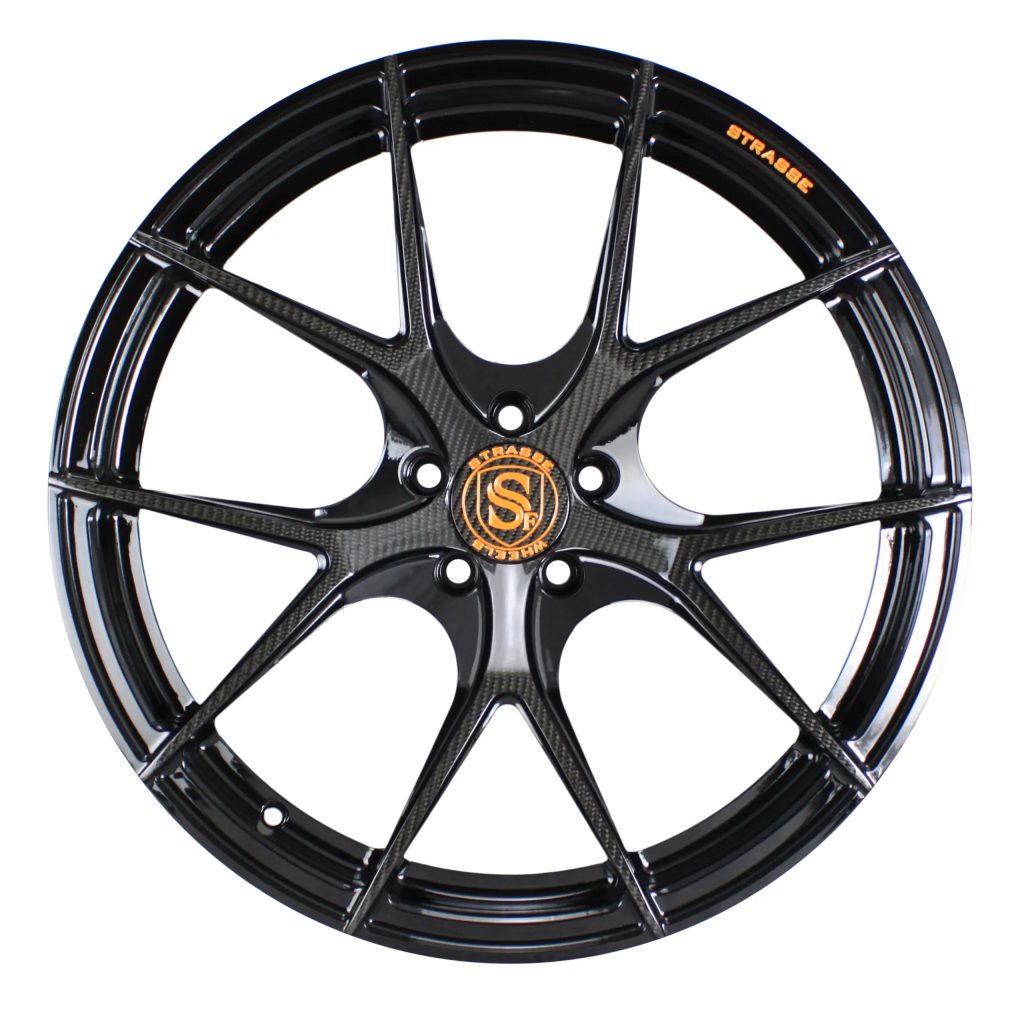
The Future of Carbon Fiber Wheels
With the continuous progress of material science and manufacturing technology, the performance of carbon fiber wheels will be further improved and the cost will be gradually reduced. In the future, carbon fiber wheels are expected to be used in more models, while the combination of smart materials and sensing technology will enable carbon fiber wheels to have self-monitoring, self-repair and other functions to further enhance the safety and reliability of vehicles.
Carbon fiber wheels, the perfect combination of modern technology and traditional invention, not only brings a revolutionary enhancement to vehicle performance, but also will play an increasingly important role in the future of the automotive industry. From high-end sports cars to ordinary family cars, the application of carbon fiber wheels has a broad prospect, and it will continue to promote the automotive industry to the direction of lightweight, efficient and intelligent development.
